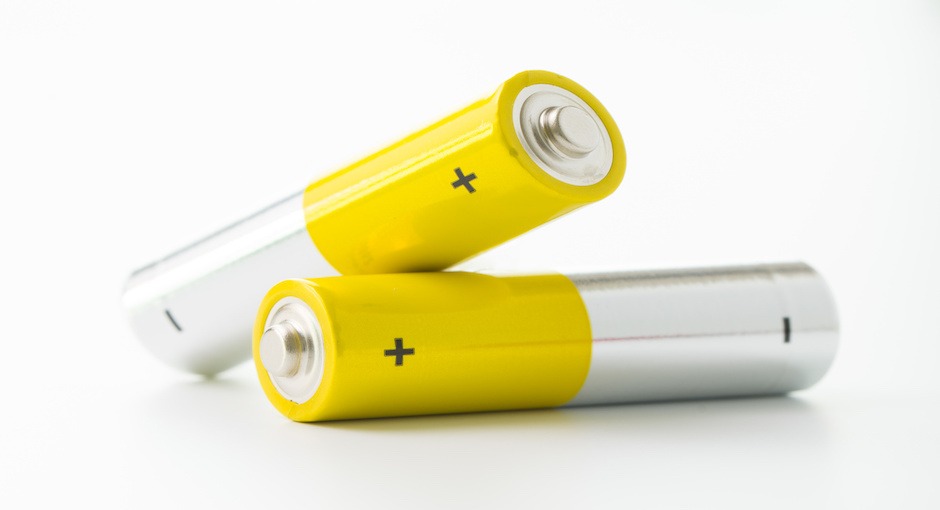Has the cold season got you down? If so, you’re certainly not alone, especially if you live in a northern climate. This time of year, the cold, wet weather and lack of sunlight characteristic of the northern winter have many people feeling the symptoms of the “winter blues.”
There is a medical term for this condition, one you’ve probably heard before — SAD, which stands for Seasonal Affective Disorder. SAD is characterized by a depression that sets in when the weather begins to cool, and lifts when the weather becomes warm and sunny again. It is estimated that between four and six percent of the population suffers from SAD… but mild SAD symptoms may be present in up to 20 percent of the population. This condition is more common in adults than in children or teens, and occurs more often in women than men.
Along with feeling down, other symptoms of SAD include fatigue, irritability, feeling the need to sleep more than usual, cravings for carb-laden foods (and resulting weight gain), and feeling “heavy” in the limbs. Some people experience symptoms of major depression during the cold season, and this can be particularly debilitating. In rare cases, SAD symptoms can even extend well into the spring. No fun.
If any of this describes your state of being this winter, I have good news. There is plenty that you can do to lift your spirits and get your energy back. I’m talking about natural methods you can use at home to start feeling like yourself again. Try the following techniques:
– Light therapy: Although it sounds like a high-tech laser treatment, light therapy couldn’t be simpler. It simply refers to the regular exposure to sunlight or specific wavelengths of artificial light for defined time periods. In fact, simply sitting in front of a sunny window is a treatment session. Many studies demonstrate the effectiveness of light therapy for SAD.
The normal dose of light therapy is 10,000 lux for 15-30 minutes per day. The term “lux” is a unit of measurement that refers to the brightness of the light source. You can get this dose from bright sunshine, or by placing a bright light near your face on gloomy days. Light is a nutrient our body needs, so make sure you’re getting plenty. Special light therapy lamps are readily available. Look for a product that produces 10,000 lux.
– Vitamin D: Vitamin D is a vitamin that acts like a hormone, and it is necessary for the optimal functioning of thousands of different processes in the body. You may have heard to it referred to as the “sunshine vitamin,” and for good reason: we get most of our vitamin D through exposure to sunlight. When there’s not enough sun outside, vitamin D levels tend to be low. A deficiency in this important vitamin is very common in the wintertime.
If you are concerned that your vitamin D levels may be low, your doctor can order a simple laboratory test called “25-Hydroxyvitamin D” to check your levels. When you find out your levels, you can adjust your sun exposure or your supplementation protocol accordingly to get yourself into a healthy range… I like vitamin D levels to be around 50.
A vitamin D supplement may be in order for the winter months. If you don’t know what your levels are, I recommend that you take no more than 2,000 IUs per day.
– Getting out in it: As I always say, there is no such thing as bad weather, just inappropriate clothing. Getting outside, even when it’s cold and gray, can work wonders. So, bundle up and get outside, there are plenty of activities to enjoy this time of year. Snowboarding, skiing, and walking are just three of the many examples. I strongly encourage people to get outside, even when it’s snowy and cold. It makes a huge difference for tolerating weather that people would normally consider adverse.
– CBT: CBT, or Cognitive Behavioral Therapy, is a way of retraining your thoughts and correspondingly… you’re feelings.
To explain the basics of CBT, I like to tell my patients a “snow story.” Here’s how it goes:
Imagine a street with two houses on opposite sides, windows facing each other. It’s the first snow of the year. One one side of the street, the person in the window is excited. They’re thinking about skiing, hot chocolate, Christmas… all of the joys of winter. If you ask that person how they’re feeling, they’ll say they’re feeling great. If you ask them why… they’ll say it’s the snow.
On the other side of the street, the person looking out the window is having a very different experience with the first snow. They’re upset, frowning, saying to themselves: “Oh no, here we go. Shoveling, back pain, slippery roads… I hate snow, I hate the cold.” This person is feeling dark, depressed, pessimistic, sad, and blue. If you ask that person why they’re feeling this way… they’ll say it’s the snow.
There’s an obvious dilemma here: two different people are having the exact same experience, watching the first snow. However, one of them is feeling great, and the other is feeling awful. Why? How can the same event cause such opposite reactions? Well, the truth is… they are both wrong. The snow did not cause the feelings. It was their individual thoughts about the snow that caused the feelings. The emotions are related to the stories that these people are telling themselves about the snow and what it means to them. This is a very important thing to recognize… it’s not the snow, it’s what you think about it. This is good news for people that don’t feel good in winter, because you can learn to tell yourself a different story.
I hope that helps lift your winter spirits. Take good care of yourself this season, and embrace the snow!
– Dr. Joshua Levitt







